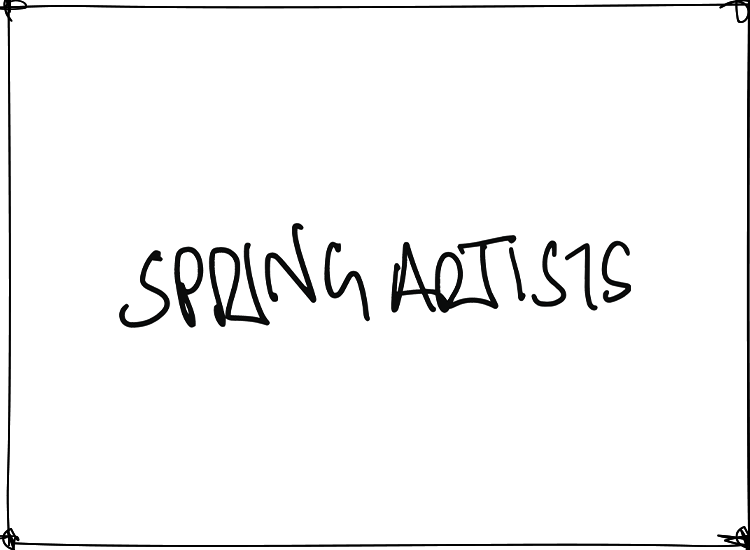BAG
Your bag is currently empty
Sign up for our emails and enjoy a complimentary 9ml with your first purchase
Complimentary Delivery on All Orders.
Need a little inspiration?
By adding your mailing address to your account, you agree that it will be used to deliver your order. You can request to access, rectify or delete your personal data by submitting a request through our Privacy Policy. For more information on Estee Lauder Companies (PTY) Limited – Jo Malone privacy practices, your privacy rights and how to exercise these rights, please see our Privacy Policy.


Spring Artist Series with James Stopforth
‘When I was a child my parents used to get loo rolls and put them over the top of sunflowers to help them grow taller,’ says James Stopforth when describing early memories of blossoming spring flowers and the origins of his lifelong love of nature. For the Spring Artist Series the photographer, who regularly collaborates with Jo Malone London, created a huge image of the sun composed entirely out of buttercups, complete with a real bee nestling amongst the yellow flowers.


To create the piece, he gathered the flowers on his daily lockdown walks around Harrow in north-west London and in Richmond Park, before carefully laying them out with tweezers and photographing them against a blue background with a scanner. ‘Seeing all the bulbs gathering up after winter was really uplifting,’ says Stopforth, who noticed that the bees would buzz around the buttercups which were among the first flowers to blossom. ‘It comes from this idea that all of life reaches up towards the sun in one direction, away from the cold and into the warmth,’ he says when thinking about the inspiration for the piece.

The Pollination Sun is accompanied by the Harvest Moon, which is also composed entirely out of real flowers, this time with foxgloves and elderflowers used to represent the cratered surface of the moon. Inspiration came from Stopforth’s next-door neighbour, a keen amateur astronomer who gave him his first close up glimpse of the moon with a telescope, which he found totally captivating. His neighbour also introduced him to the phenomenon known as a ‘Harvest Moon’, in which the moon appears 14% bigger and 30% brighter to the eye, and is a sign for farmers that winter is drawing to a close and that it will soon be time for the first harvest. ‘A harvest moon happened at a time when I had just received the brief for the project’ says Stopforth. ‘I remember looking at it and thinking, “God, this is amazing”– and it just seemed the perfect thing to focus in on for spring.’
He chose to arrange the flowers in a circular form, not only because they symbolise the moon and the sun, but also because he thinks that a fascination with circles harks back to mankind’s earliest relationship with nature, which was more intimate. ‘I think that in early art, the symbolism of the sun is very powerful,’ says Stopforth. ‘And generally, whatever I do, it comes back to a circle. Nature used to surround people in a way that they just absorbed, and they made their art with what they saw, which was the moon, sun, stars, and animals. But now, we're perhaps a bit more detached from it. So, it's nice to bring things back just to nature.’

